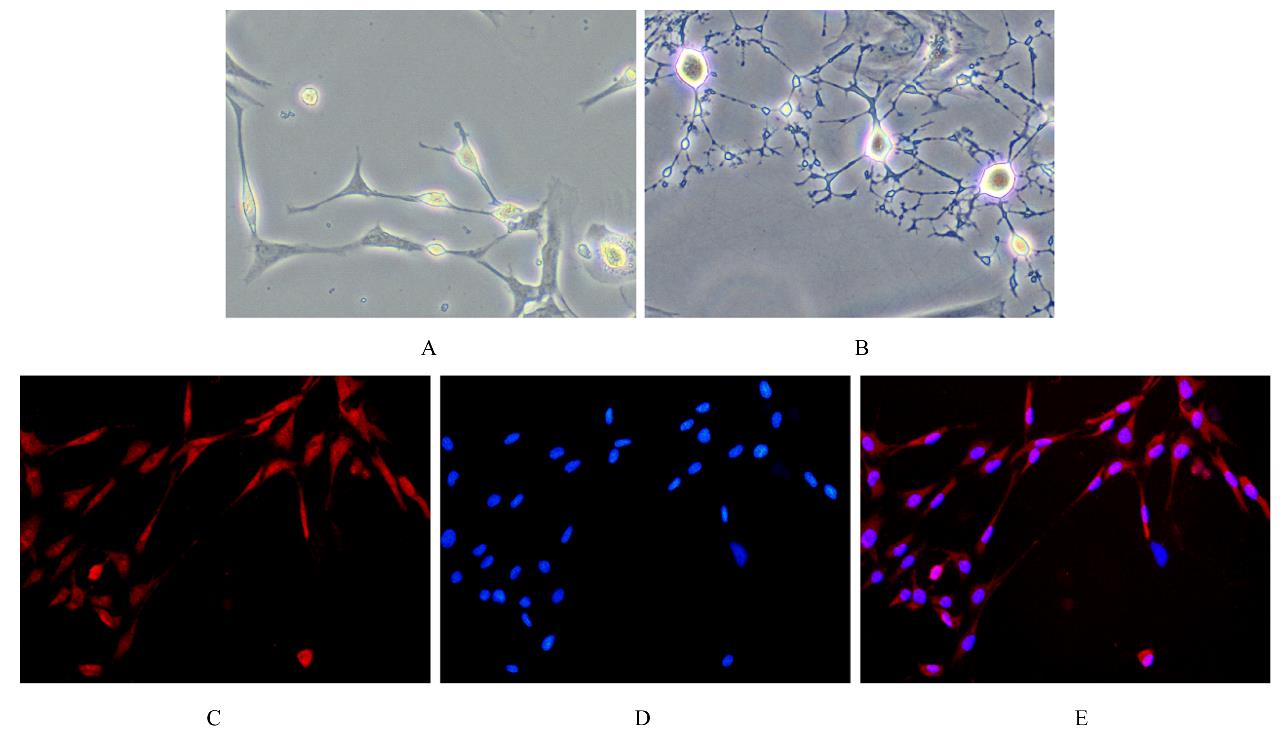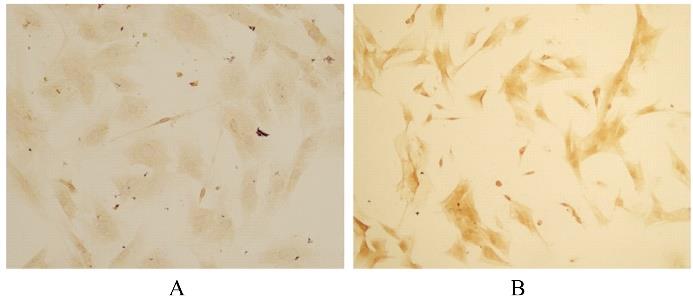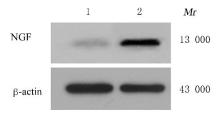| 1 |
XU Z X, ALBAYAR A, DOLLÉ J P, et al. Dorsal root ganglion axons facilitate and guide cortical neural outgrowth: in vitro modeling of spinal cord injury axonal regeneration[J]. Restor Neurol Neurosci, 2020, 38(1): 1-9.
|
| 2 |
LI J Q, ZHANG Y G, YANG Z M, et al. Salidroside promotes sciatic nerve regeneration following combined application epimysium conduit and Schwann cells in rats[J]. Exp Biol Med (Maywood), 2020,245(6): 522-531.
|
| 3 |
NOCERA G, JACOB C. Mechanisms of Schwann cell plasticity involved in peripheral nerve repair after injury[J]. Cell Mol Life Sci, 2020, 77(20): 3977-3989.
|
| 4 |
TAN J, XU Y P, HAN F, et al. Genetical modification on adipose-derived stem cells facilitates facial nerve regeneration[J]. Aging (Albany NY),2019, 11(3): 908-920.
|
| 5 |
SUTO E G, MABUCHI Y, TOYOTA S, et al. Advantage of fat-derived CD73 positive cells from multiple human tissues, prospective isolated mesenchymal stromal cells[J]. Sci Rep, 2020, 10(1): 15073.
|
| 6 |
SUMAN S M, DOMINGUES A, RATAJCZAK J,et al.Potential clinical applications of stem cells in regenerative medicine[J]. Adv Exp Med Biol, 2019, 1201: 1-22.
|
| 7 |
FU X M, WANG Y, FU W L, et al. The combination of adipose-derived Schwann-like cells and acellular nerve allografts promotes sciatic nerve regeneration and repair through the JAK2/STAT3 signaling pathway in rats[J]. Neuroscience, 2019, 422: 134-145.
|
| 8 |
HAN I H, SUN F F, CHOI Y J, et al. Cultures of Schwann-like cells differentiated from adipose-derived stem cells on PDMS/MWNT sheets as a scaffold for peripheral nerve regeneration[J]. J Biomed Mater Res A, 2015, 103(11): 3642-3648.
|
| 9 |
DAI W L, YAN B, BAO Y N, et al. Suppression of peripheral NGF attenuates neuropathic pain induced by chronic constriction injury through the TAK1-MAPK/NF-κB signaling pathways[J]. Cell Commun Signal, 2020, 18(1): 66.
|
| 10 |
WANG D R, WANG Y H, PAN J, et al. Neurotrophic effects of dental pulp stem cells in repair of peripheral nerve after crush injury[J]. World J Stem Cells, 2020, 12(10): 1196-1213.
|
| 11 |
YUAN H J, DU S B, CHEN L P,et al. Hypomethylation of nerve growth factor (NGF) promotes binding of C/EBPα and contributes to inflammatory hyperalgesia in rats[J]. J Neuroinflammation, 2020, 17(1): 34.
|
| 12 |
RENTHAL W, TOCHITSKY I, YANG L T, et al. Transcriptional reprogramming of distinct peripheral sensory neuron subtypes after axonal injury[J]. Neuron, 2020, 108(1): 128-144.
|
| 13 |
杨雨洁, 夏 冰, 高楗勃, 等. 嗅鞘细胞培养上清液促进大鼠周围神经损伤后的修复与再生[J]. 中国组织工程研究, 2020, 24(19): 3035-3041.
|
| 14 |
李文辉, 张 亮, 张孝安, 等. 内皮祖细胞对背根神经节细胞突起及Nogo-A和NgR表达的影响[J]. 天津医科大学学报, 2017, 23(5): 403-407.
|
| 15 |
GORDON T. Peripheral nerve regeneration and muscle reinnervation[J]. Int J Mol Sci, 2020, 21(22): 8652.
|
| 16 |
任 旺, 胡朔丹, 刘 琳, 等. 施万细胞样细胞对大鼠背根神经节细胞突起生长的影响[J]. 神经解剖学杂志, 2020, 36(6): 605-611.
|
| 17 |
张贤平, 王锐英. 神经生长因子(NGF)对周围神经损伤修复的作用[J].世界最新医学信息文摘,2019,19(86): 54-55.
|
| 18 |
LONG Q S, WU B S, YANG Y, et al. Nerve guidance conduit promoted peripheral nerve regeneration in rats[J]. Artif Organs, 2021, 45(6): 616-624.
|
| 19 |
LI R, LI D H, WU C B, et al. Nerve growth factor activates autophagy in Schwann cells to enhance myelin debris clearance and to expedite nerve regeneration[J]. Theranostics, 2020, 10(4): 1649-1677.
|
| 20 |
LIAO C F, CHEN C C, LU Y W, et al. Effects of endogenous inflammation signals elicited by nerve growth factor, interferon-γ, and interleukin-4 on peripheral nerve regeneration[J]. J Biol Eng, 2019, 13: 86.
|
| 21 |
SANG Q L, SUN D J, CHEN Z H, et al. NGF and PI3K/Akt signaling participate in the ventral motor neuronal protection of curcumin in sciatic nerve injury rat models[J]. Biomedecine Pharmacother, 2018, 103: 1146-1153.
|
| 22 |
YAO Y, WEN Y, LI Y, et al. Tetrahedral framework nucleic acids facilitate neurorestoration of facial nerves by activating the NGF/PI3K/AKT pathway [J]. Nanoscale,2021,13(37):15598-15610.
|
 )
)















